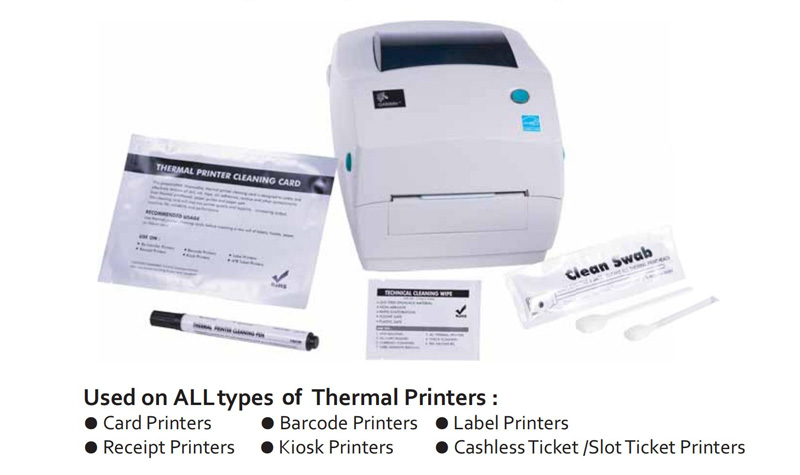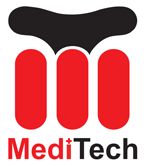Thermische Drucker sind in verschiedenen Branchen zu einem Grundnahrungsmittel geworden, Vom Einzelhandel bis zur Logistik, dank ihrer Geschwindigkeit, Zuverlässigkeit, und Effizienz. Aber was genau sind thermische Drucker, Wie arbeiten sie?, und welches für Sie richtig ist? Lassen Sie uns in alles eintauchen, was Sie wissen müssen.
Was sind thermische Drucker?
Thermal printers are a type of non-impact printer that uses heat to produce images on paper. Unlike traditional inkjet or laser printers, they don’t rely on ink, toner, or ribbons (in most cases). Instead, they use specially coated thermal paper that reacts to heat, creating text, barcodes, or graphics when heated by the printer’s thermal head. This simplicity is part of what makes them so popular in high-volume, fast-paced environments.

How Do Thermal Printers Work?
Thermal printers operate using one of two main technologies:
- Direct Thermal Printing: This method uses heat-sensitive paper that blackens when exposed to the printer’s heated printhead. It’s simple and cost-effective but best for short-term applications, as the prints can fade over time.
- Thermal Transfer Printing: Here, the printer uses a ribbon coated with wax or resin. Heat from the printhead transfers the ink from the ribbon onto the paper, producing durable prints suitable for labels and barcodes.
Pros and Cons of Thermal Printers
Like any technology, thermal printers have their advantages and drawbacks.
Pros:
- Speed: They print much faster than inkjet or laser printers, crucial for high-volume environments.
- Low Maintenance: No ink or toner cartridges to replace (direct thermal), reducing downtime and costs.
- Kostengünstig: Im Laufe der Zeit, the lack of consumables (for direct thermal) lowers operational expenses.
- Compact Size: Many models are small and portable, making them easy to fit in tight spaces.
- Clear Prints: They produce sharp text and barcodes, which is essential for scanning accuracy.
Cons:
- Thermal Paper Costs: Direct thermal printers require specialized thermal paper, which can be more expensive than regular paper.
- Fading Issues: Direct thermal prints can fade over time with exposure to heat, light, or moisture.
- Ribbon Costs for Thermal Transfer: While prints are durable, thermal transfer printers require ribbons, adding to ongoing costs.
- Limited Color Options: Most thermal printers only print in black and white, though some can handle limited colors with specialized ribbons.
Common Applications of Thermal Printers
You’ll find thermal printers in a wide range of environments, einschließlich:
- Retail: Printing receipts and price tags.
- Logistics & Warehousing: Generating shipping labels and barcodes.
- Healthcare: Producing wristbands and labels for patient identification.
- Restaurants: Printing kitchen orders and receipts.
How to Choose the Right Thermal Printer
When selecting a thermal printer, consider the following factors:
- Print Volume: Higher volumes may require more robust models.
- Print Resolution: Higher DPI (dots per inch) is crucial for detailed images or barcodes.
- Connectivity: Look for USB, Ethernet, or wireless options.
- Paper Size & Type: Ensure compatibility with the paper or labels you plan to use.
Keep Your Printer Running Smoothly with MediTech Cleaning Products
Proper maintenance is key to getting the most from your thermal printer. Built-up residue can cause print quality issues and shorten your printer’s lifespan. That’s why using quality cleaning products is essential.
Recommended MediTech Cleaning Solutions:
- MediTech Thermal Printer Cleaning Cards: Effortlessly remove dust, Klebstoffe, and residue from the printhead. Simply run the card through your printer like a regular receipt.
- MediTech Cleaning Swabs: Perfect for reaching tight spots and cleaning the printhead or rollers.
- MediTech Cleaning Pens: Quick and easy solution for on-the-go printhead maintenance.

Why Choose MediTech?
MediTech’s cleaning products are designed specifically for sensitive thermal printer components, ensuring gentle yet effective cleaning that prolongs the life and performance of your device.
 Reinraum-Schaumtupfer, Polyester-Tupfer, Hersteller von Druckerreinigungskits – MediTech
Reinraum-Schaumtupfer, Polyester-Tupfer, Hersteller von Druckerreinigungskits – MediTech